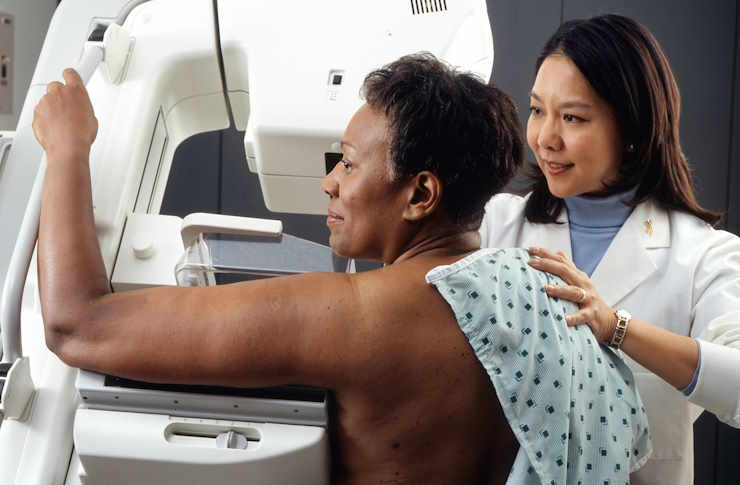Early Warning Signs of Heart Failure and Valve Disease
Heart failure and valve disease are serious cardiovascular conditions that affect millions worldwide. Recognizing the early warning signs can make a significant difference in treatment outcomes and quality of life. While these conditions can be life-threatening, early detection and proper medical intervention can help manage symptoms and slow disease progression.

Heart failure and valve disease represent two interconnected cardiovascular conditions that require prompt medical attention. Heart failure occurs when the heart cannot pump blood efficiently, while valve disease involves damage or defects in one or more heart valves that control blood flow. Both conditions share similar risk factors and can significantly impact daily life when left untreated. Understanding the warning signs and seeking timely medical care are crucial steps in managing these conditions effectively.
What Are the Early Signs of Heart Valve Disease?
Valve disease often develops gradually, with symptoms appearing as the condition progresses. Common early indicators include unusual fatigue during routine activities, shortness of breath (especially when lying down or during physical exertion), and heart palpitations or irregular heartbeats. Some patients report a heart murmur—an unusual sound heard through a stethoscope due to turbulent blood flow across damaged valves. Swelling in the ankles, feet, or abdomen may also occur as the heart struggles to maintain proper circulation.
Chest discomfort or pressure that doesn’t qualify as pain might be present, particularly during physical activity. Many patients describe a sensation of fullness or tightness rather than acute pain. In more advanced stages, dizziness or fainting spells may occur when standing up quickly, signaling reduced blood flow to the brain. These symptoms often develop so gradually that patients adapt to them, mistaking them for normal aging or reduced fitness.
How to Recognize a Failing Heart Valve
Identifying a failing heart valve requires attention to subtle changes in physical capacity and overall health. Declining exercise tolerance is a significant indicator—activities that were once manageable become increasingly difficult without a clear reason. Persistent coughing, especially when lying flat, may develop as fluid accumulates in the lungs due to blood backing up from the heart. Some patients experience a noticeable decline in appetite or bloating after small meals as abdominal organs become congested with fluid.
Changes in heart rhythm or persistent heart palpitations warrant medical attention, as they may indicate valve-related disturbances in cardiac function. In mitral valve prolapse, some patients report anxiety-like symptoms that seem disproportionate to circumstances. For aortic valve issues, episodes of chest pain similar to angina might occur during exertion. These symptoms, particularly when occurring together or increasing in frequency, should prompt a medical evaluation.
Heart Failure Prevention Strategies
Preventing heart failure and valve disease begins with managing modifiable risk factors. Maintaining healthy blood pressure levels is crucial, as hypertension forces the heart to work harder and can damage valves over time. Regular monitoring and medication adherence, when prescribed, help keep blood pressure within target ranges. Similarly, controlling cholesterol levels through diet, exercise, and medication when necessary reduces the risk of atherosclerosis that can contribute to valve damage.
Lifestyle modifications play a significant role in prevention. Regular physical activity strengthens the heart muscle and improves overall cardiovascular health. The American Heart Association recommends at least 150 minutes of moderate-intensity exercise weekly. A heart-healthy diet rich in fruits, vegetables, whole grains, and lean proteins while limiting sodium, saturated fats, and processed foods supports cardiovascular health. Weight management is equally important, as excess weight places additional strain on the heart.
Managing chronic conditions like diabetes is essential, as elevated blood sugar can damage blood vessels and heart tissue over time. Avoiding tobacco products and limiting alcohol consumption further reduces risk. For those with a family history of heart disease, more vigilant monitoring and preventive care may be recommended by healthcare providers.
When to Consult a Doctor for Heart Issues
Certain symptoms demand immediate medical attention. Shortness of breath that worsens rapidly or occurs at rest could indicate acute heart failure. Chest pain or pressure lasting more than a few minutes might signal a heart attack and requires emergency care. Fainting episodes, particularly when associated with exertion, warrant prompt evaluation as they may indicate severe valve obstruction or heart rhythm problems.
Regular check-ups become increasingly important after age 65 or for those with risk factors like hypertension, diabetes, or family history of heart disease. During these visits, physicians can detect heart murmurs or other abnormalities before symptoms develop. Patients with known valve abnormalities should adhere to recommended follow-up schedules, as conditions can progress without noticeable symptoms.
Digital health tools now enable remote monitoring of some cardiac parameters, allowing earlier detection of concerning trends. Patients should discuss with their healthcare providers which symptoms require immediate attention versus those that can wait for scheduled appointments. This personalized guidance helps ensure appropriate care while avoiding unnecessary emergency visits.
Treatment Options and Medical Care
Treatment approaches for heart failure and valve disease vary based on severity, specific diagnosis, and individual patient factors. Medication therapy often serves as the first-line treatment for heart failure, including ACE inhibitors, beta-blockers, diuretics, and aldosterone antagonists. These medications help reduce the heart’s workload, manage fluid retention, and slow disease progression. For valve disease, medications may help manage symptoms but typically don’t correct the underlying valve problem.
Procedural interventions have evolved significantly in recent years. Transcatheter procedures now offer less invasive alternatives to open surgery for many valve conditions. These include transcatheter aortic valve replacement (TAVR) and MitraClip for mitral regurgitation, which can be performed without opening the chest. Traditional surgical approaches remain important options, including valve repair (preserving the patient’s valve) or replacement with mechanical or biological valves.
Advanced therapies for heart failure include cardiac resynchronization therapy (CRT), implantable cardioverter-defibrillators (ICDs), and ventricular assist devices (VADs). Heart transplantation remains the definitive treatment for end-stage heart failure when other options have been exhausted. Cardiac rehabilitation programs provide supervised exercise, education, and support to improve functional capacity and quality of life following cardiac events or procedures.
This article is for informational purposes only and should not be considered medical advice. Please consult a qualified healthcare professional for personalized guidance and treatment.




